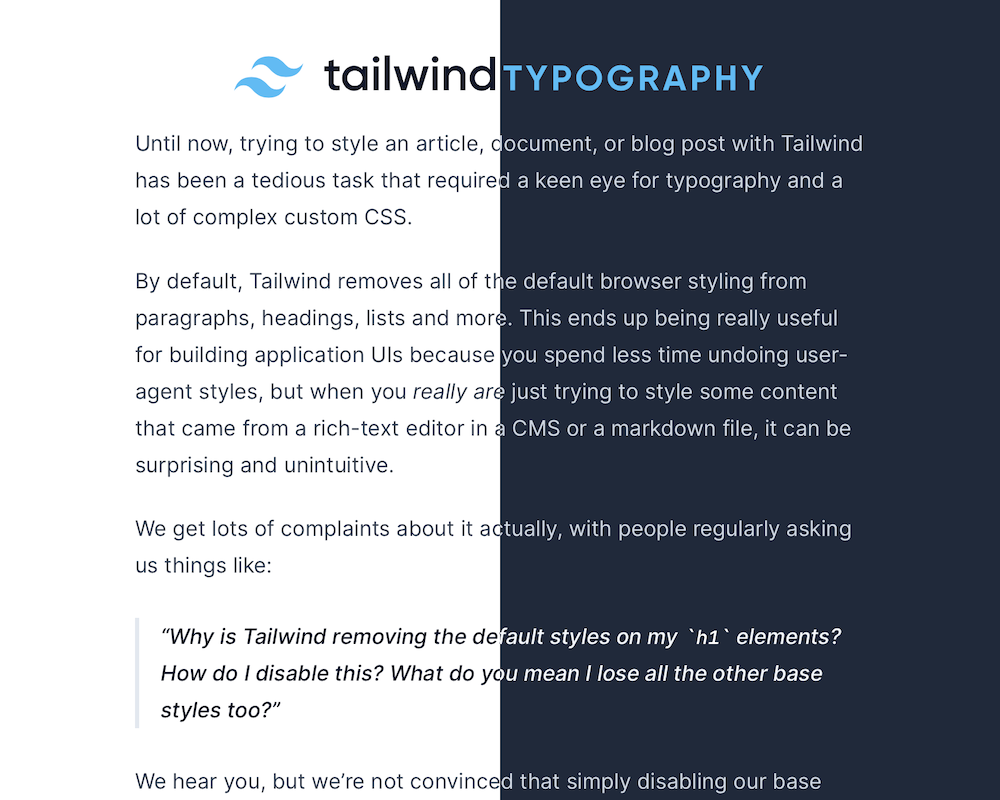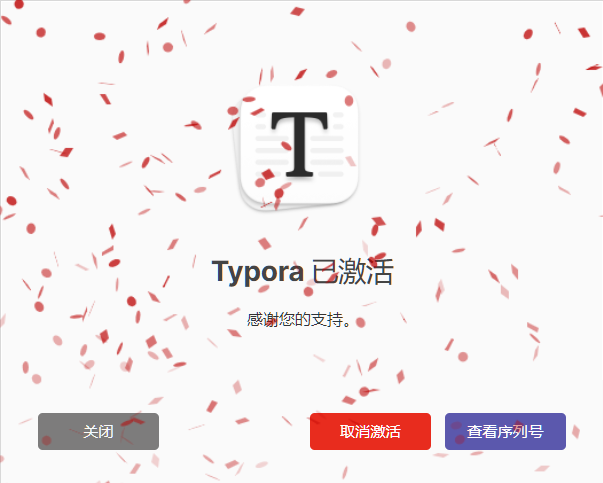

But adding more notes will never break your Zettelkasten or interfere with its proper operation. At worst, you’ll add notes that won’t be of immediate use. Moreover, if you don’t delete, you might revisit old ideas that may turn out to be correct after all.ġ1 | Add notes without fear : You can never have too much information in your Zettelkasten. In that way, your Zettelkasten will reflect how your thinking has evolved over time, which will prevent hindsight bias. Instead, link to new notes that explain what’s wrong with the old ones. ġ0 | Never delete : Don’t delete old notes. An outline note is a note that simply contains a sequence of links to other notes, putting those other notes into a particular order to create a story, narrative, or argument. As Schmidt put it, in a Zettelkasten “there are no privileged positions” and “there is no top and no bottom.” The organization develops organically.Ĩ | Add connection notes : As you begin to see connections among seemingly random notes, create connection notes, that is, specific notes whose purpose is to link together other notes and explain their relationship.ĩ | Add outline notes : As ideas begin to coalesce into themes, create outline notes. This prevents plagiarism and makes it easy for you to revisit the original source later on.Ħ | Add your own thoughts to the Zettelkasten : If you have thoughts of your own, add them to the Zettelkasten as notes while keeping in mind the principle of atomicity, autonomy, and the need for linking.ħ | Don’t worry about structure : Don’t worry about putting notes in neat folders or into unique preconceived categories. Don’t turn your Zettelkasten into a dump of copy-and-pasted information.ĥ | Keep references : Always add references to your notes so that you know where you got an idea from. If you come across an interesting idea and want to add it to your Zettelkasten, you must express that idea with your own words, in a way that you’ll be sure to understand years later. Otherwise, years down the road when you revisit your notes, you may have no idea why you connected them.ĥ | Use your own words : Don’t copy and paste. A note that is not connected to the network will be lost, will be forgotten by the Zettelkasten” ( original in German ).Ĥ | Explain why you’re linking notes : Whenever you are connecting two notes by a link, make sure to briefly explain why you are linking them. As Luhmann himself put it, “each note is just an element that derives its quality from the network of links in the system.

It also ensures that notes remain useful even if the original source of information disappears.ģ | Always link your notes : Whenever you add a note, make sure to link it to already existing notes. Avoid notes that are disconnected from other notes. This allows notes to be moved, processed, separated, and concatenated independently of its neighbors. This makes it possible to link ideas with a laser focus.Ģ | The principle of autonomy : Each note should be autonomous, meaning it should be self-contained and comprehensible on its own.

It means that each note should contain one idea and one idea only. However, to make the most of a Zettelkasten, you should follow some key principles.ġ | The principle of atomicity : The term was coined by Christian Tietze. I leave out the long preamble - perhaps helpful, but to me tedious - and simply repost his description of the principles underlying zettelkasten:Ī Zettelkasten is a phenomenal tool for storing and organizing your knowledge, extending your memory, generating new connections between ideas, and increasing your writing output. In Zettelkasten - How One German Scholar Was So Freakishly Productive, David Clear writes about the note box (zettelkasten) system of Niklas Luhmann. I stumbled across a reference to a note-taking system - or a system of knowledge, perhaps - I had not heard of: zettelkasten.


 0 kommentar(er)
0 kommentar(er)
